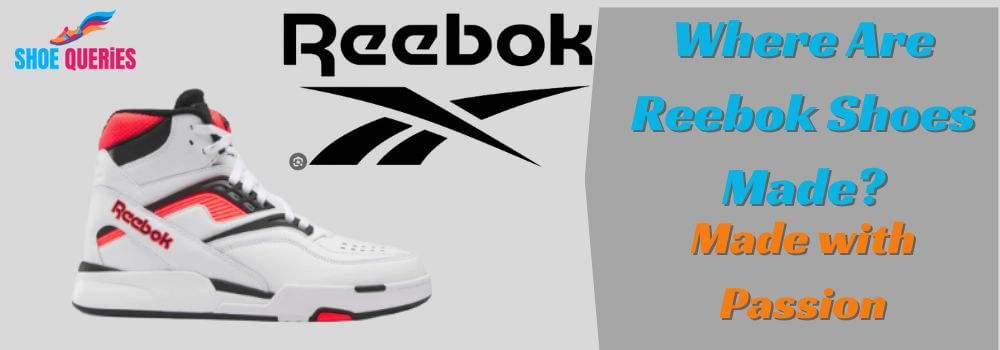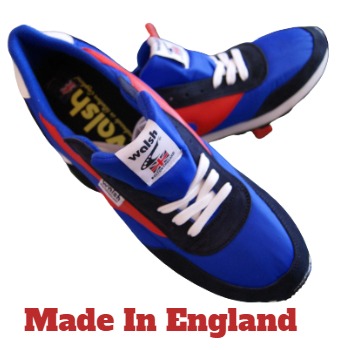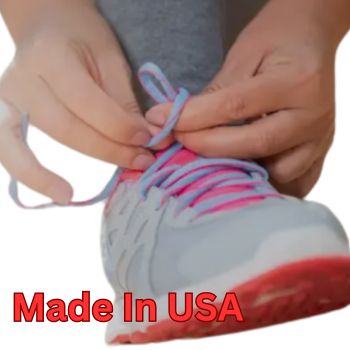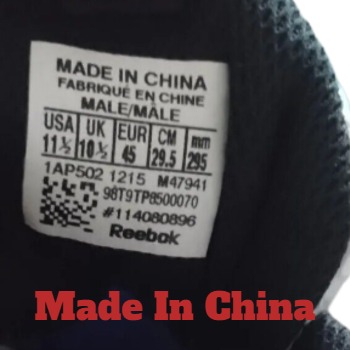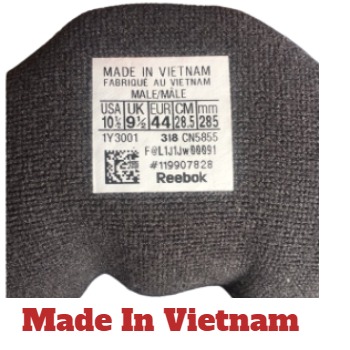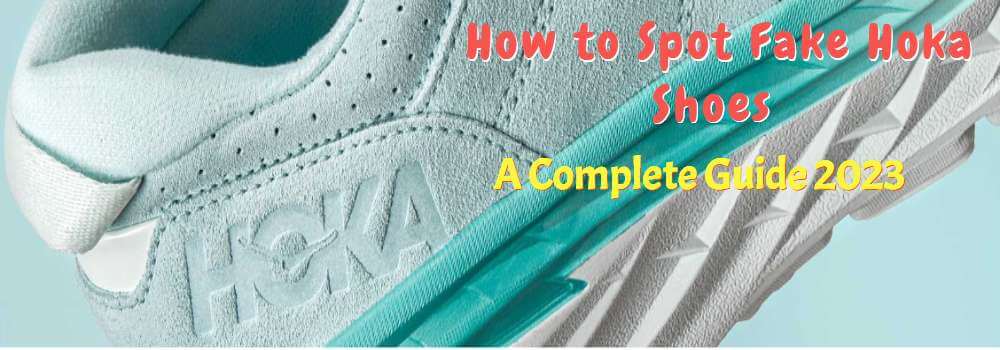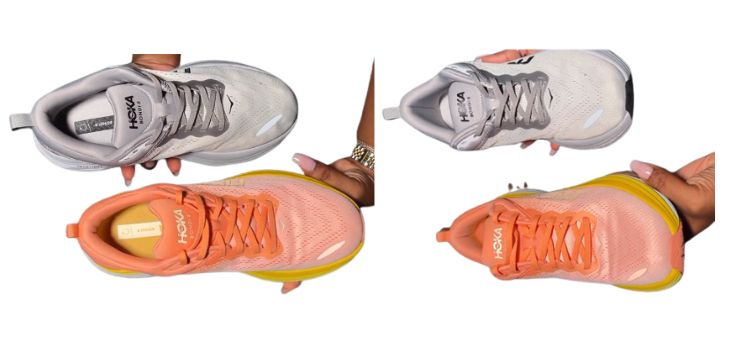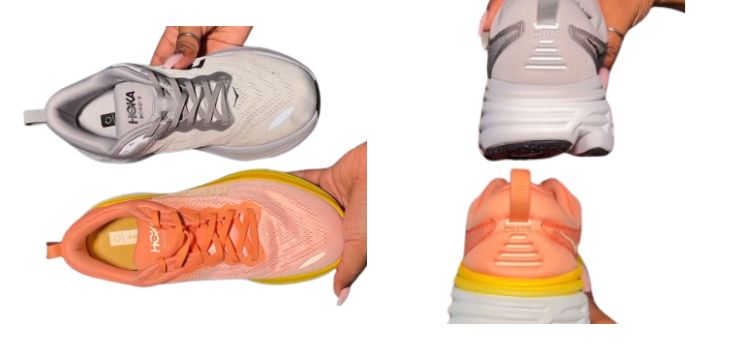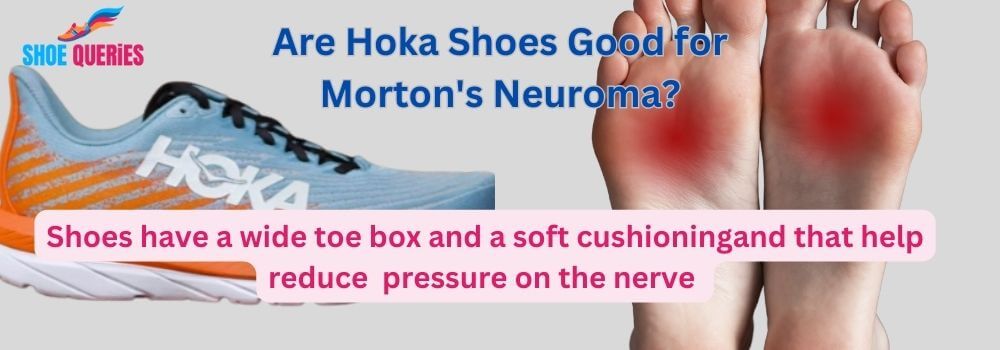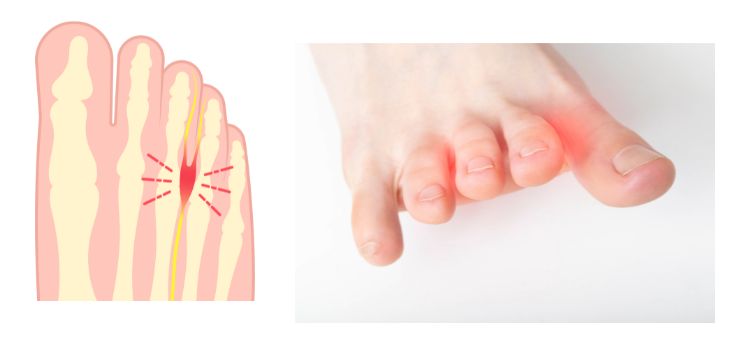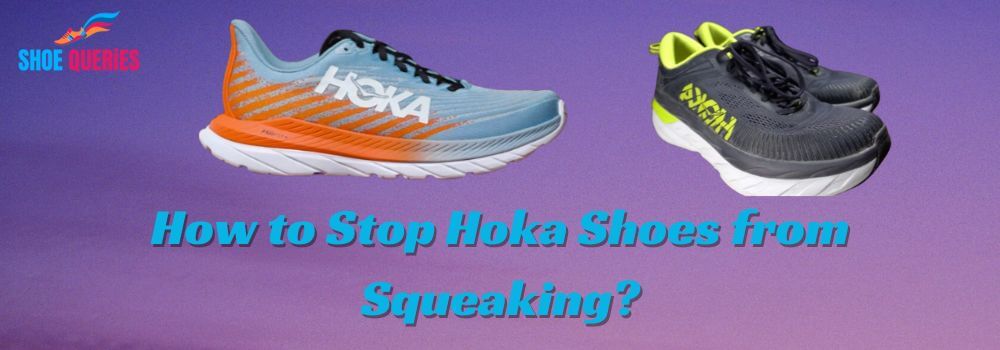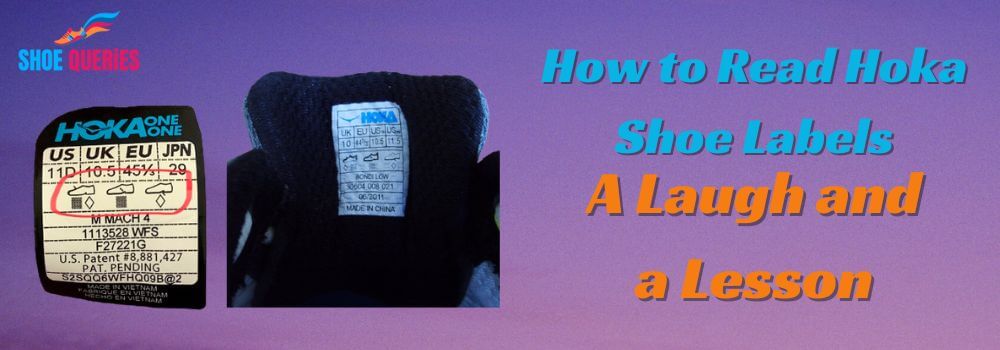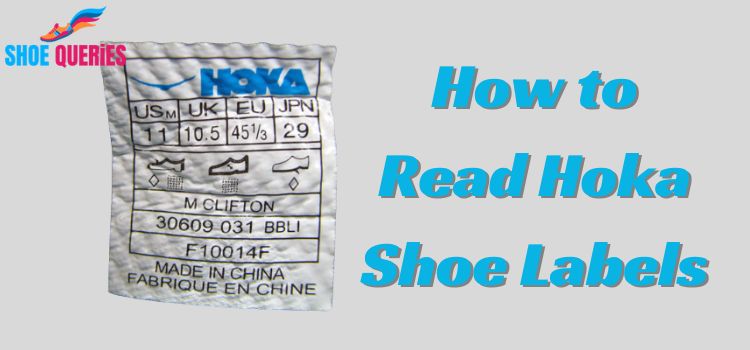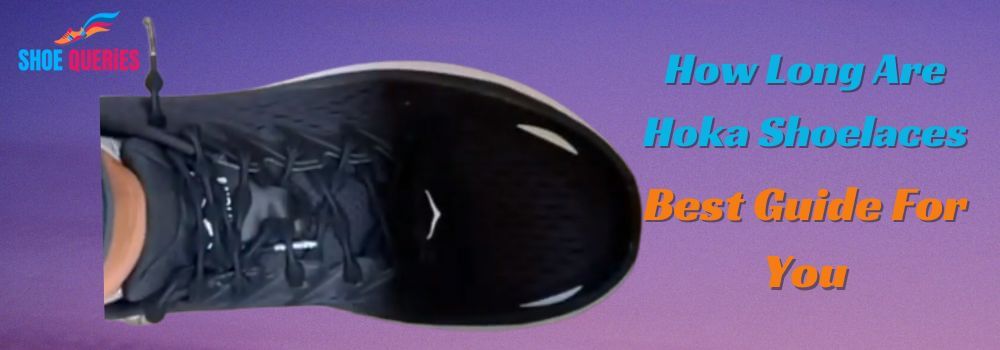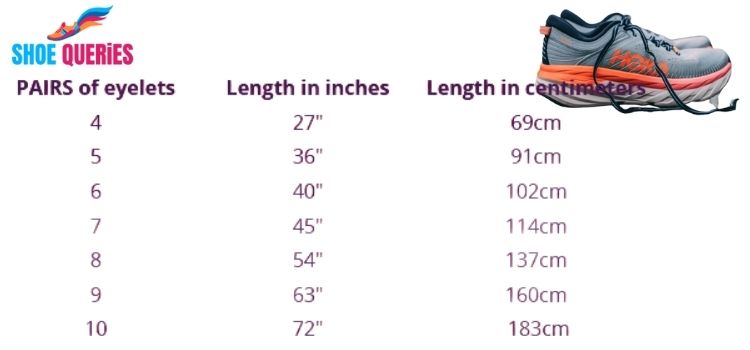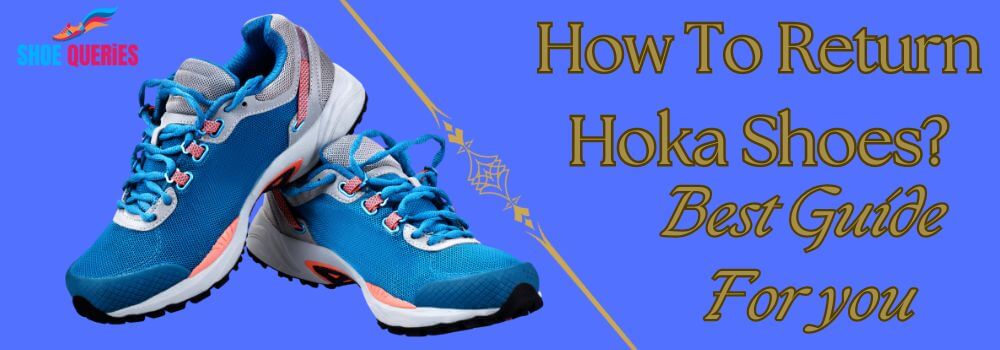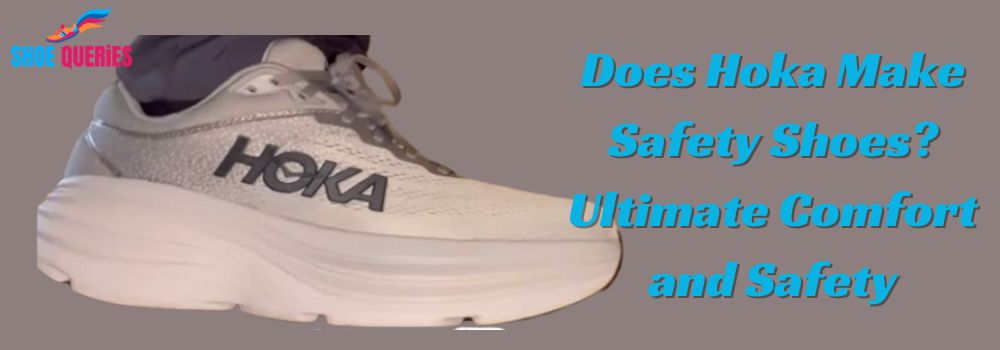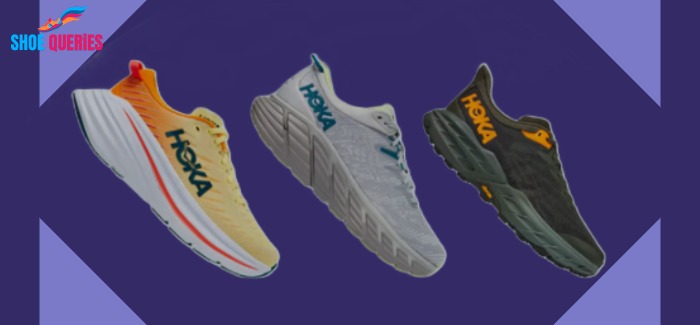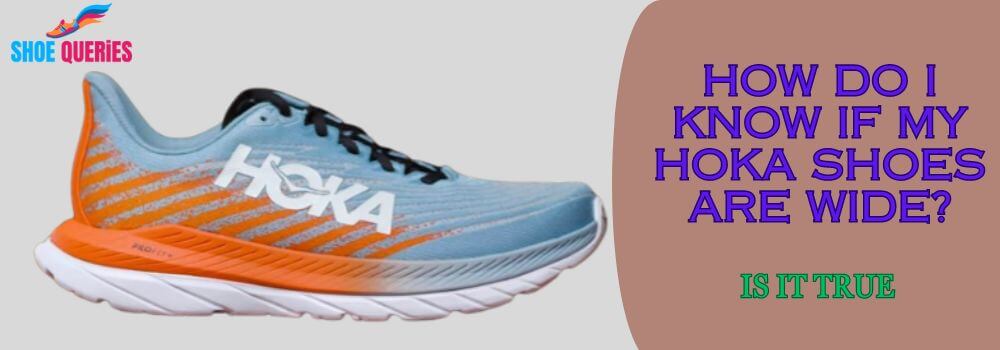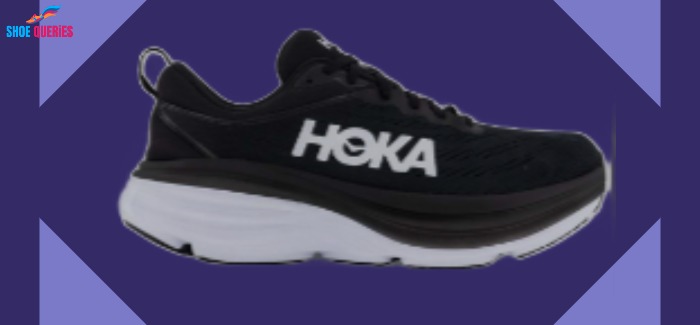Are You an Avid Reebok Supporter Seeking Information About Reebok’s Return Policy? Here, We Will Provide All the Details On Their Policy We have seen many customers enjoy Reebok products and we wanted to provide more insight into their return policies for them.

We believe these details will give them all of the answers that they require in order to make informed purchasing decisions from Reebok products and brands.
However, customers sometimes experience difficulty returning or exchanging items that do not quite fit, or were accidentally purchased. This article will provide the insights into Reebok’s return policy that you need.
Quick Answer: How to Do Returns on Reebok?
- Simply log into your Reebok account.
- Choose which order to return
- Print out the return label
- Packing slip, and return label provided
- Send back using them
- Then monitor its progress through Reebok website status tracking
Reebok Return Policy Preface
Reebok is an esteemed global brand renowned for sports footwear and clothing products. Established by Joe and Jeff Foster in 1968, Reebok now enjoys worldwide customer coverage as the official sponsor of Ultimate Fighting Championship (UFC) events, providing services across various regions worldwide.
Reebok’s headquarters can be found in Boston, Massachusetts within the United States; however they maintain global operations through offices in Amsterdam, Hong Kong, Mexico City, and Montreal; all to deliver superior products globally.
Now let’s move onto our main topic of discussion – Reebok Return Policy. For customers to initiate returns within 30 days from purchase date, this return policy allows customers a generous window. To gain more clarity of its specifics please continue reading through this article’s sections devoted solely to it. Let’s jump right in with this discussion of Reebok Return Policy’s core elements!
Reebok’s Return Policy
Reebok provides an accommodating return policy. Should any product need to be returned for any reason, 30 days from purchase are set aside for returns; during holiday seasons this deadline may be extended up to 60 days due to increased demands and potential delays that occur at this time of year.
- Make sure any returns occur within 30 days from when they were originally purchased.
- Reebok provides an easy self-service return process which you can discover here; all items should be in their original state and packaging when returned.
- Customized products typically cannot be returned.
- A valid receipt may be essential when processing returns; products without one may not be accepted back for credit.
- Reebok offers an easy, straightforward return policy; more specific steps and procedures for returning products can be found below.
Reebok Exchange Policy
For a clear understanding of the Reebok exchange policy, take a moment to review the following key points:
- Exchanges are limited to the same item.
- Only unopened or unpacked purchased items qualify for exchange.
- Items designated as customized are typically not eligible for exchange.
- You’ll receive an exchange product from the same category and at the same price point as the original item.
With these details, you now have insights into both the Reebok return policy and exchange policy. Next, we’ll explore the Reebok refund policy.
Reebok Refund Policy
After returning a product, there are essential points to grasp regarding Reebok’s refund policy:
- If your returned item is in good condition, you are eligible for a full 100% refund.
- The refund amount is contingent upon the method of payment you initially used.
- While there’s no specific time frame mentioned for the refund process, typically, it is completed within 30 days.
- Reebok’s refund policy remains unaltered and adheres to its terms and conditions rigorously.
With these insights in hand, you now possess a thorough knowledge of Reebok’s return, exchange, and refund policies. Now let us look at some fundamental FAQs regarding these policies.
How to Easily Return Reebok Purchases
Reebok, a renowned brand known for its sports and lifestyle products, including shoes, apparel, and accessories, stands behind a hassle-free return process. If you’ve recently bought a Reebok item and find yourself unsatisfied with it, read on to discover how to make a seamless return.
Step 1: Review Reebok’s Return Policy
As soon as you purchase from Reebok’s website, familiarize yourself with their return policy and timeline for returns. Reebok allows a 30-day window for online orders purchased directly with them to return items in original, unworn condition with all attached tags intact for returns; for items bought through third-party retailers they’ll each have individual policies you must abide by for returns.
Should you require any clarification as to if an item qualifies for return, Reebok’s customer service team are more than ready and available to provide you with assistance.
Step 2: Commence Your Return
Log into your Reebok account, navigate to “Order History,” find an order with items you would like to return, select them individually and click on “Return Items,” followed by on-screen prompts that provide reasons and generate your return label. Alternatively, reach out to Reebok customer service team who will guide through this process with them while also providing you with return labels.
Step 3: Prepare Your Item for Shipment
With your return label in hand, it’s time to package your item securely for shipment. If feasible, use the original packaging; otherwise, select a sturdy box that guarantees your item’s protection during transit. Remember to include all original tags, accessories, and any accompanying documentation.
Returning Reebok products is straightforward, allowing you to shop with confidence and peace of mind.
Step 4: Send Your Item Back
Affix the provided return label to your package and send it back to Reebok using a carrier of your preference. Please be aware that any return shipping costs must be covered by you unless an initial item was defective or incorrect. For added safety and peace of mind, opting for trackable shipping methods ensures safe arrival at Reebok’s facility.
Step 5: Awaiting Your Refund
Reebok will conduct an inspection to make sure it complies with their return policy stipulations upon receiving your returned item, then issue your refund within 5-7 business days to your original payment method – you should receive an email notifying you once successful refund has been completed!
In Conclusion
By now, you’ve become well-versed in Reebok’s return policy. You understand the mechanics of it, which provides a 30-day window starting from the date of purchase. The exchange policy mirrors this timeframe. The refund process doesn’t specify a specific duration but is typically processed within 30 days. During the holiday season, Reebok extends the return period to 60 days, considering the holiday rush.
Reebok provides three convenient methods of returning products as detailed in its Return policy section, as stated above.
Reach out to us between 8 AM and 8 PM every weekday from 8AM-8PM by dialing 1-800-120-4400, emailing customer.care@reebok.com, following us on social media platforms such as Facebook or following our page here on Reebok Connect; your comments or feedback is valuable to us – feel free to share in this space below; also feel free to explore information regarding Walmart Return Policy, Gander Mountain Return Policy or Ikea Return Policy as these may apply separately to Reebok Return Policies.
FAQs

A K M Azad, The Founder of Shoe Queries, In 2023, I set out on a remarkable journey into the world of footwear, driven by an unwavering passion for shoes. His enthusiasm for renowned brands such as Nike, Birkenstocks, Hey Dudes, Crocs, Vans, Uggs, Converse, New Balance, and many others fueled his dedication to disseminating in-depth research on a wide array of footwear styles.


